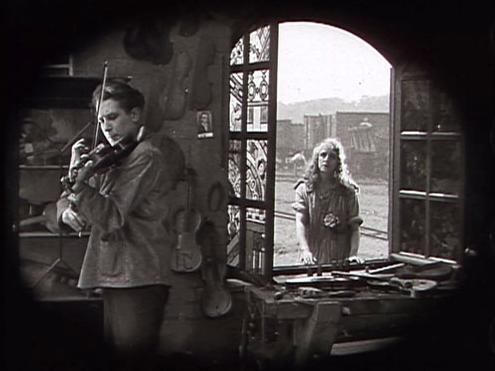In this month’s Journal of Virtual World Research, Tom Boellstorff, author of the much-praised Coming of age in Second Life: An anthropologist explores the virtually human, makes an important observation about theories of culture in virtual worlds.
To concretize my concerns, it will prove helpful to consider the example of some recent work of the economist Edward Castronova, whose influential research I often cite with great approval in my own. In his article “On the Research Value of Large Games: Natural Experiments in Norrath and Camelot,” Castronova (2006) draws upon large datasets from two online games on develop fascinating insights about interpersonal coordination. Castronova rightly sees in this approach possibilities that have “never before existed in the long history of social thinking” and are “of incredible power and value” (p. 183).
As the title of his article indicates, Castronova explains this power and value by asserting that online games allow us to conduct “natural experiments,” explaining that, “Until now, it has not been possible to take all of society as a research object; such a thing is too big to fit in a lab . . . Now however [. . .] it is indeed possible to replicate entire societies and allow them to operate in parallel” (p. 163). (5)
Castronova’s position draws on the popular suspicion that because Second Life is a virtual world — i.e., a program, which suggests a kind of artificial delimitation — it is more coherent, unified, and available to analysis than is the world proper. The error here, as Boellstorff points out, lies in thinking that a virtual world can only produce virtual culture, that it is not part of the world per se and is therefore simpler, more contained, and open to easy surveillance. In fact, what Boellstorff shows first and foremost is just howunimportant the self-enclosed finitude of SL really is. If anything, the popular image of virtual worlds as less than real and less than able to capture or express real, cultural phenomena has the unintended effect of inhibiting genuine virtual anthropology.
 In a post praising Flicker Alley’s continual release of otherwise unavailable films, Kristin Thompson reminds us that Abel Gance’s 1922 epic, La roue, long overdue on DVD, was released last year. Though Gance is most well-known for his Napoleon, La roue is often thought of as his greatest picture.
In a post praising Flicker Alley’s continual release of otherwise unavailable films, Kristin Thompson reminds us that Abel Gance’s 1922 epic, La roue, long overdue on DVD, was released last year. Though Gance is most well-known for his Napoleon, La roue is often thought of as his greatest picture.